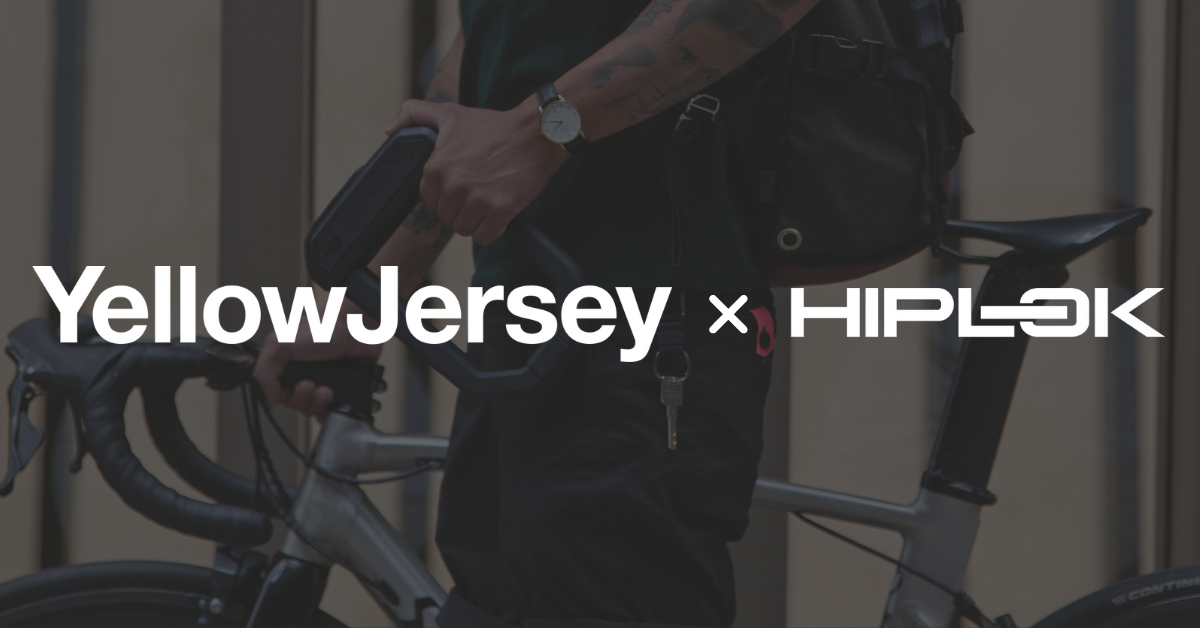Choosing the right bike lock for your insurance policy
When it comes to bike security, selecting the correct lock is just as crucial as how and where you use it. There’s nothing worse than having an insurance claim denied simply because the lock didn’t meet the required standards or the bike wasn’t properly secured.
To ensure your bike is fully protected, we have specific lock requirements in place. Let’s explore what works best for you.
Not all locks are created equal
First and foremost, any lock used under a Yellow Jersey Insurnce policy must be independently tested and rated by Sold Secure. If your lock doesn’t carry a Sold Secure rating, we’re unable to provide coverage for your bike. Only locks rated Silver, Gold, or Diamond are accepted:
Silver – Suitable for bikes valued up to £1,500, offering a basic level of protection.
Gold – A strong deterrent, required for bikes worth more than £1,500.
Diamond – The highest level of security, designed to withstand even the most aggressive theft attempts, ideal for high-crime areas.
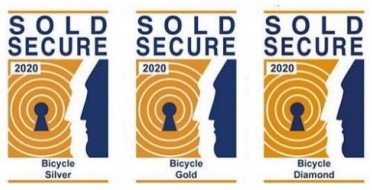
Which lock type is best for you?
Choosing a lock isn’t just about security, it also needs to be practical. A lock that doesn’t fit your typical locking location is no good, no matter how strong it is. Here’s a breakdown of the most effective options:
Chain Locks – These offer flexibility, allowing you to secure your bike to a range of objects, such as lamp posts or wider railings. A high-quality chain with a robust lock is an excellent choice, especially when locking multiple bikes together or securing your bike to something like a vehcile mounted bike rack.
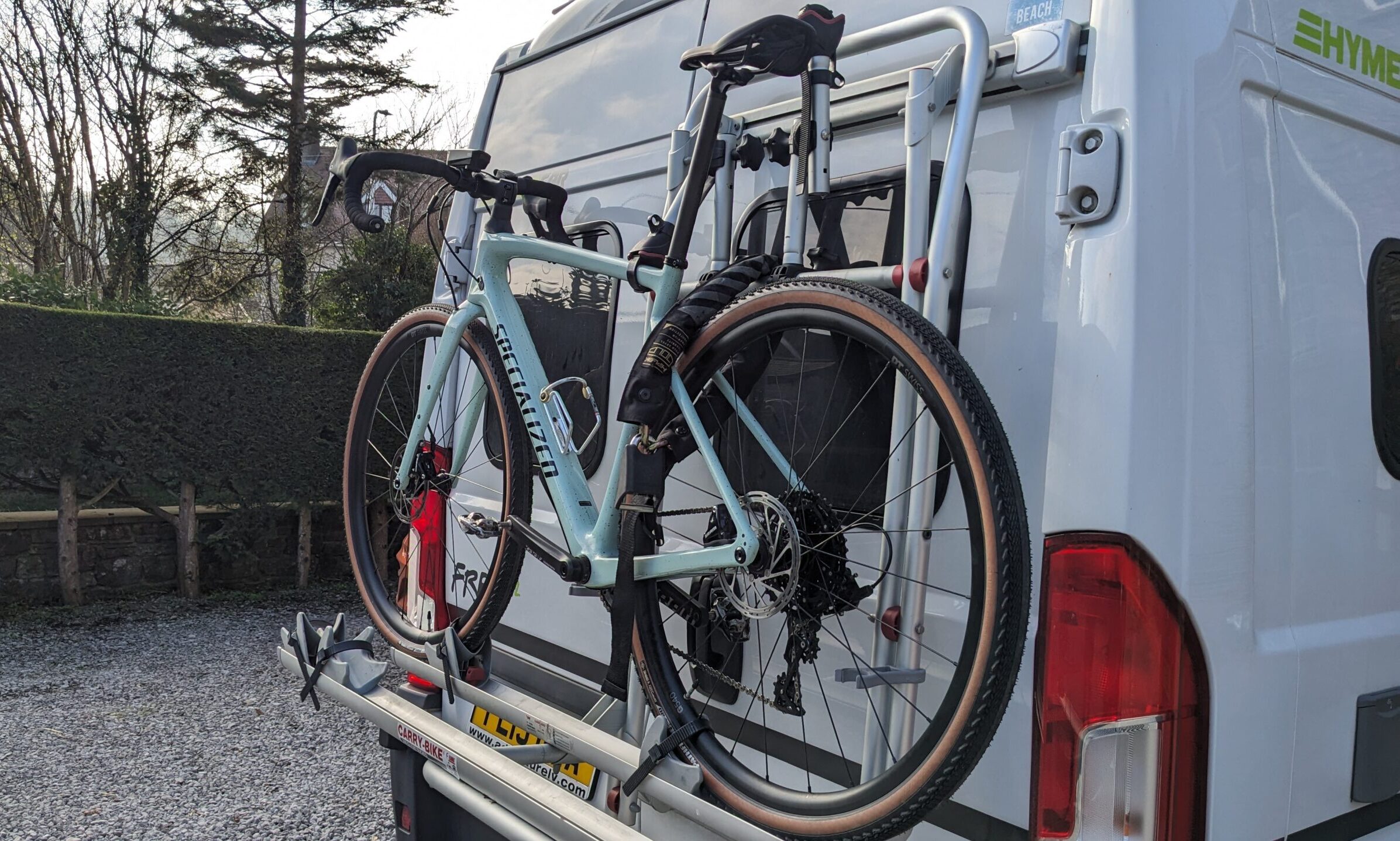
D-Locks – Known for their high security, D-locks are a great option if you’re locking up to a standard Sheffield stand, metal railing, or narrow post. However, they can be restrictive in areas where locking points are limited.
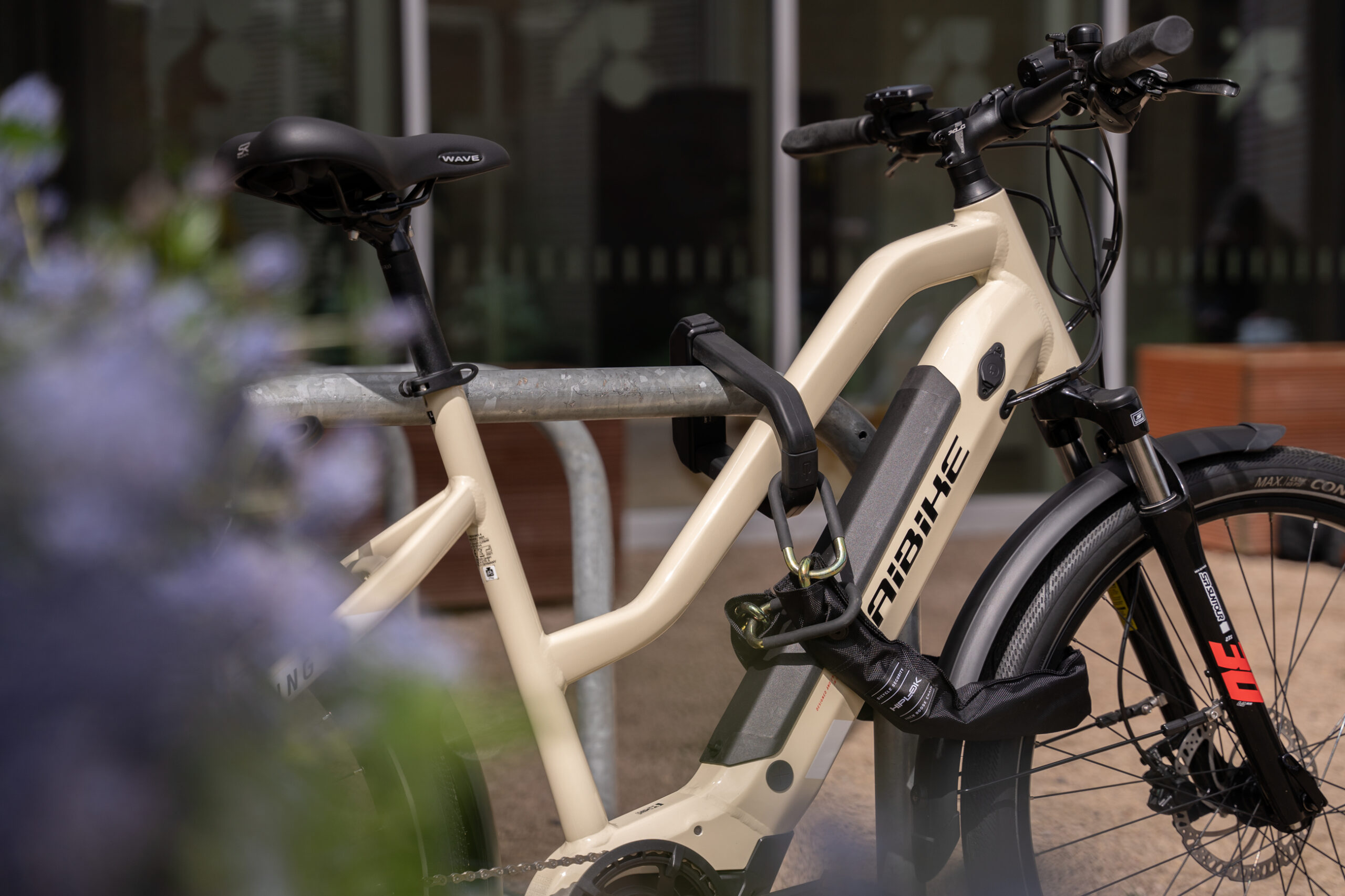
Wearable Locks – A chain lock that yo can wear. Simple! Wearable locks provide all the security of a traditional chain lock but with added flexibility that it can be worn. The extra length allows you to secure both the front and rear wheel together, preventing wheel theft.
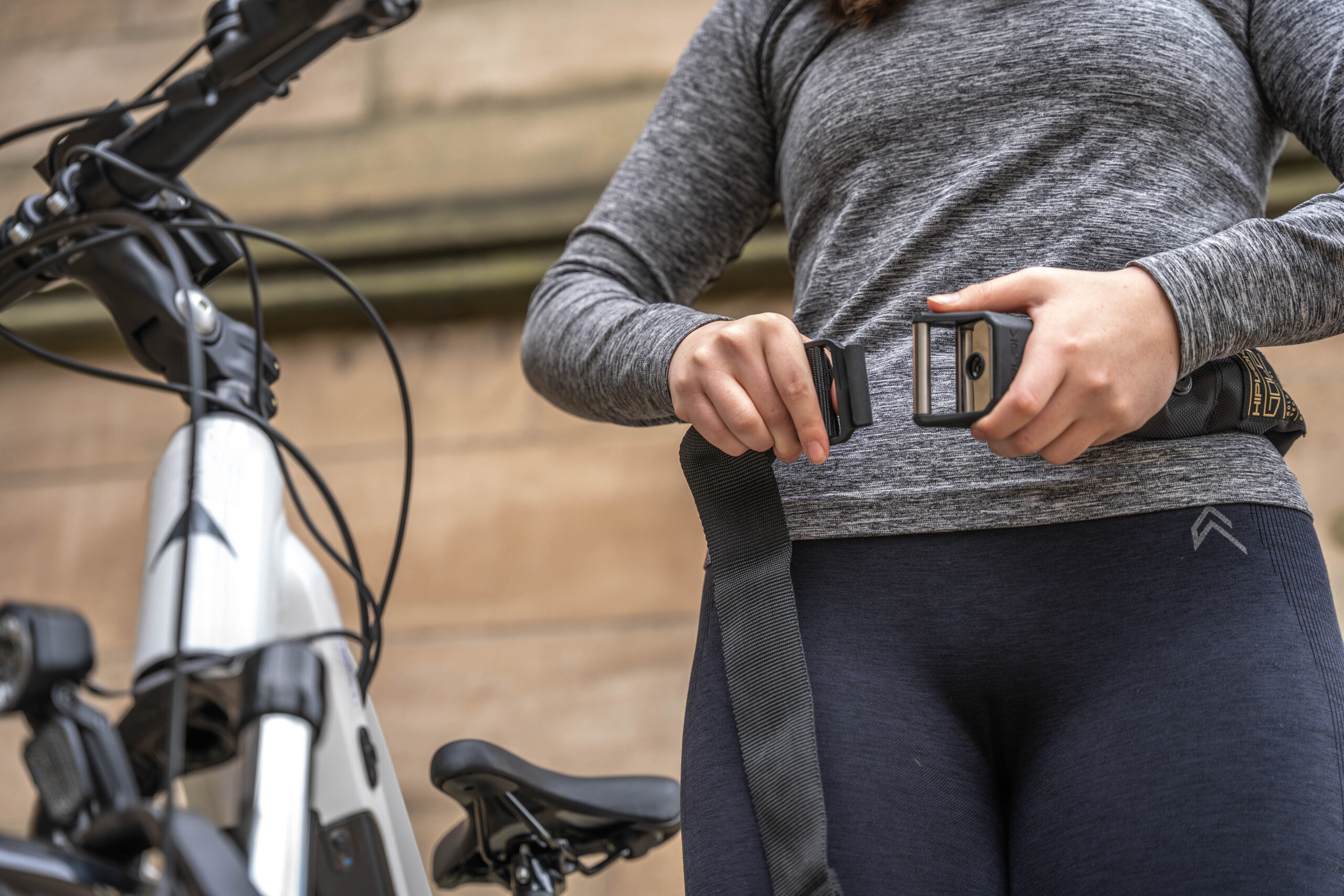
Locking cargo bikes
Cargo bikes present a unique challenge due to their size and shape. A long chain lock combined with a long-reach D-lock is often the best solution. If necessary, multiple approved locks can be daisy-chained together for added reach. Avoid unrated accessory cables: They’re easy to cut, offer minimal protection and are not covered by our policy.
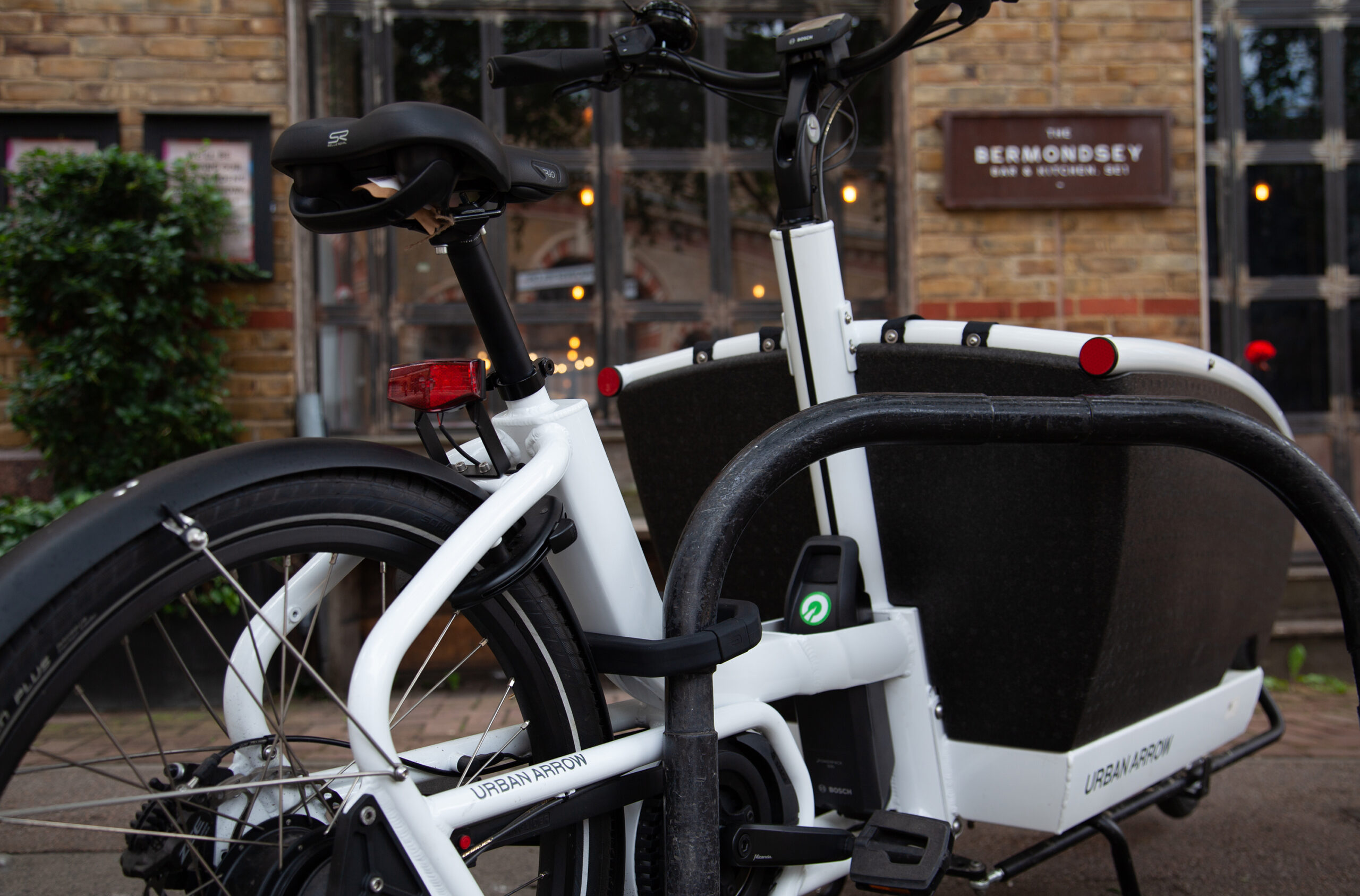
The future of bike security
For those looking for the toughest protection, Hoplok’s range of D series lock is a game-changer. Designed to resist even angle grinder attacks, these high-tech locks set a new standard for bike security. If maximum protection is your priority, investing in one of these could be a smart move. Bonus-Hiplok products are available at a discounted rate when purchasing bicycle insurance from Yellow Jersey.
Other important considerations
Owning the right lock is only part of the equation. You also need to be able to prove you had it. Thieves often take cut locks with them, so we require proof of purchase, such as a receipt for your lock. Additionally, locking your bicycle correctly through the frame to an immmovable object is imperative.
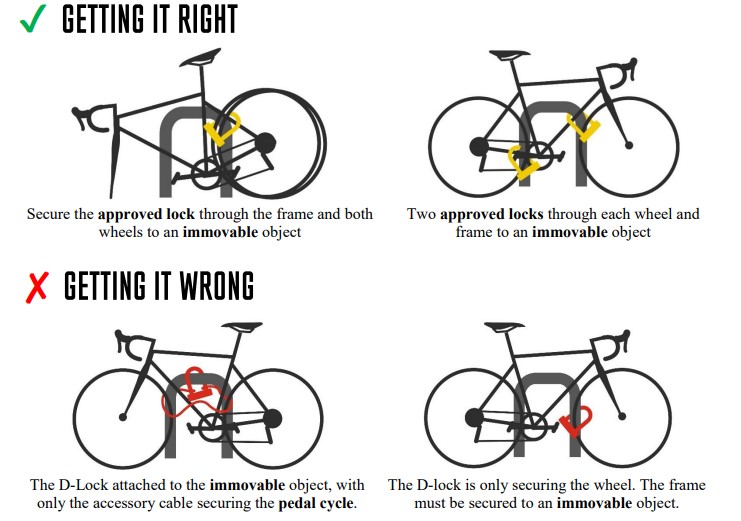
What we don’t accept
To ensure your bike remains fully covered, we do not accept the following:
❌ Accessory Cables – Many D-locks are sold with a lightweight cable, but these are not security-rated. They’re easy to cut and should only be used as an additional deterrent, not as a primary lock.
❌ Non-Rated Locks – If a lock doesn’t carry a Sold Secure rating, it won’t be covered under our policies. there no exceptions to the rule on this, sorry.
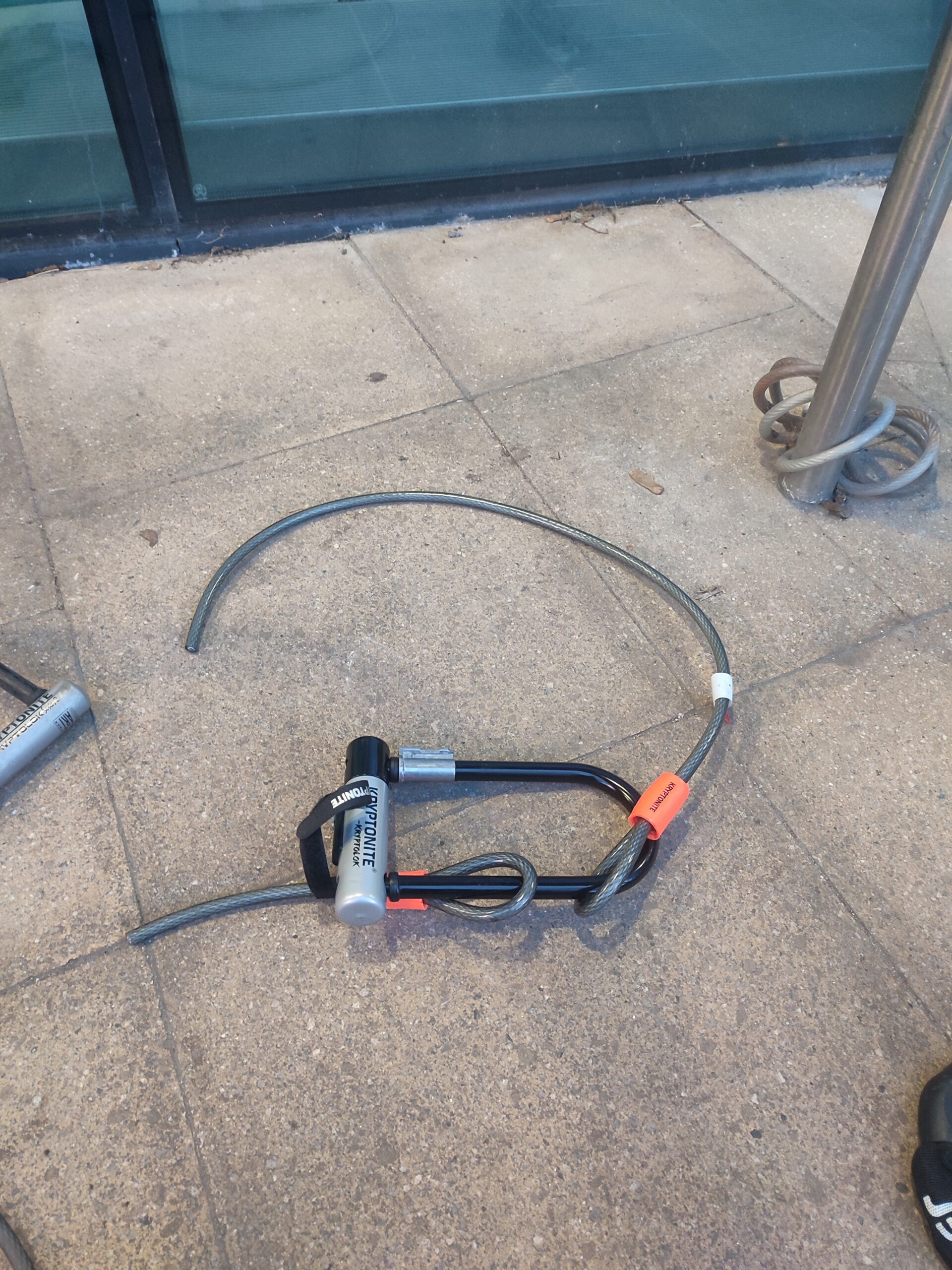
By selecting an approved lock and following the correct security measures, you can keep your bike protected while ensuring your insurance remains valid. Make sure your lock meets the standard, because the right lock makes all the difference. Still not sure if you have the right lock or need some help? Contact Yellow Jersey Support here.
